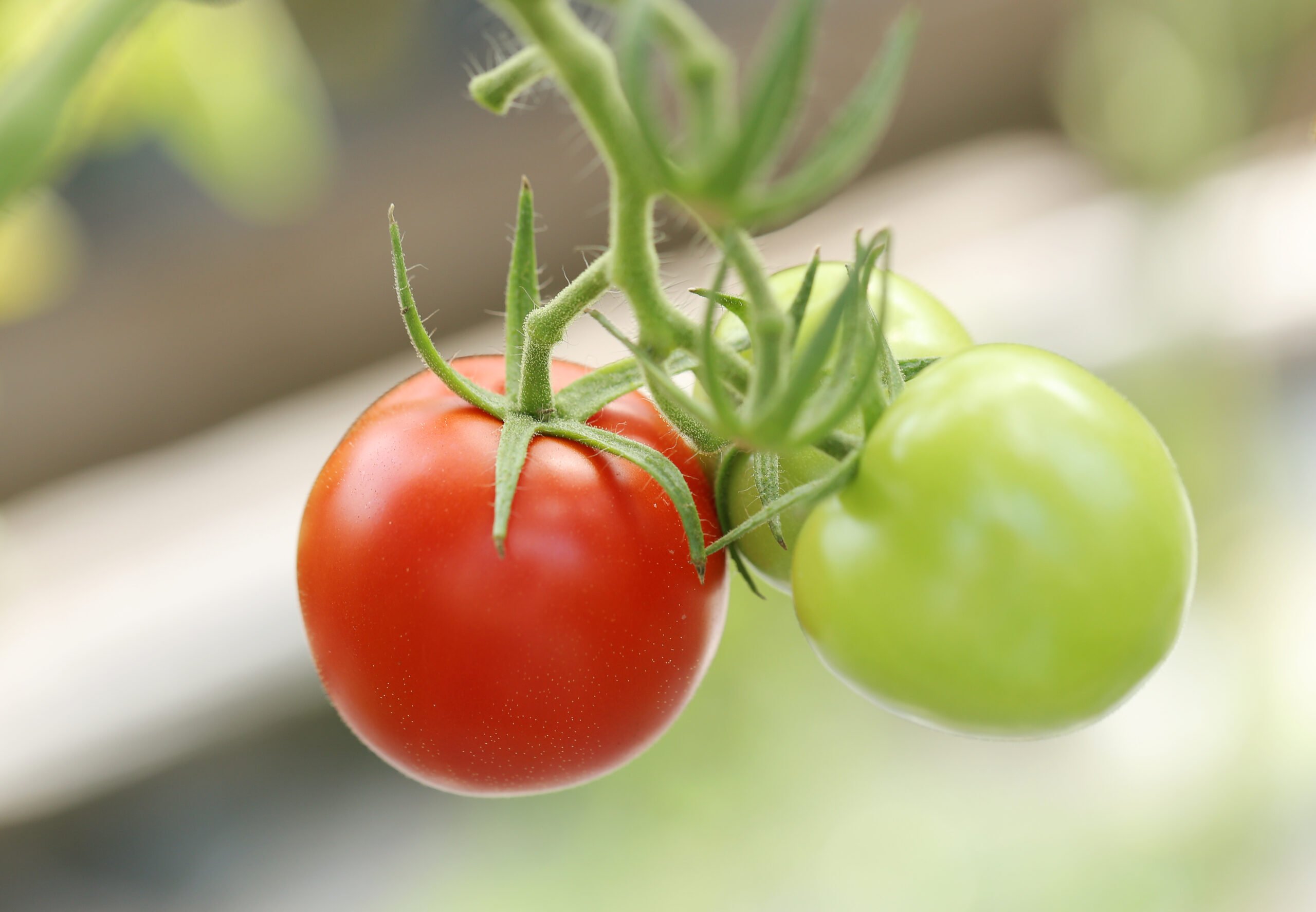
Hey there, fellow garden enthusiasts! If you’re gearing up for the autumn gardening season, you’re in for a treat – or should I say, a tomato treat! Yes, you heard it right. Fall isn’t just about pumpkins and apples; it’s also the perfect time to cultivate some of the best fall tomato varieties that will make your taste buds dance with delight.
In this comprehensive guide, we’re going to dive headfirst into the world of tomatoes fit for your autumn garden. From the juiciest heirlooms to the heartiest determinates, we’ll explore the ins and outs of these flavorful fruits. So, go ahead and prepare your gardening gloves, and let’s start digging right in!
Table of Contents
The Best Fall Tomato Varieties
When it comes to choosing the best fall tomato varieties for your garden, you’ll want to consider factors like flavor, size, and disease resistance. We’ve compiled a list of top contenders to make your decision a whole lot easier.
Heirlooms That Shine in Autumn
Brandywine
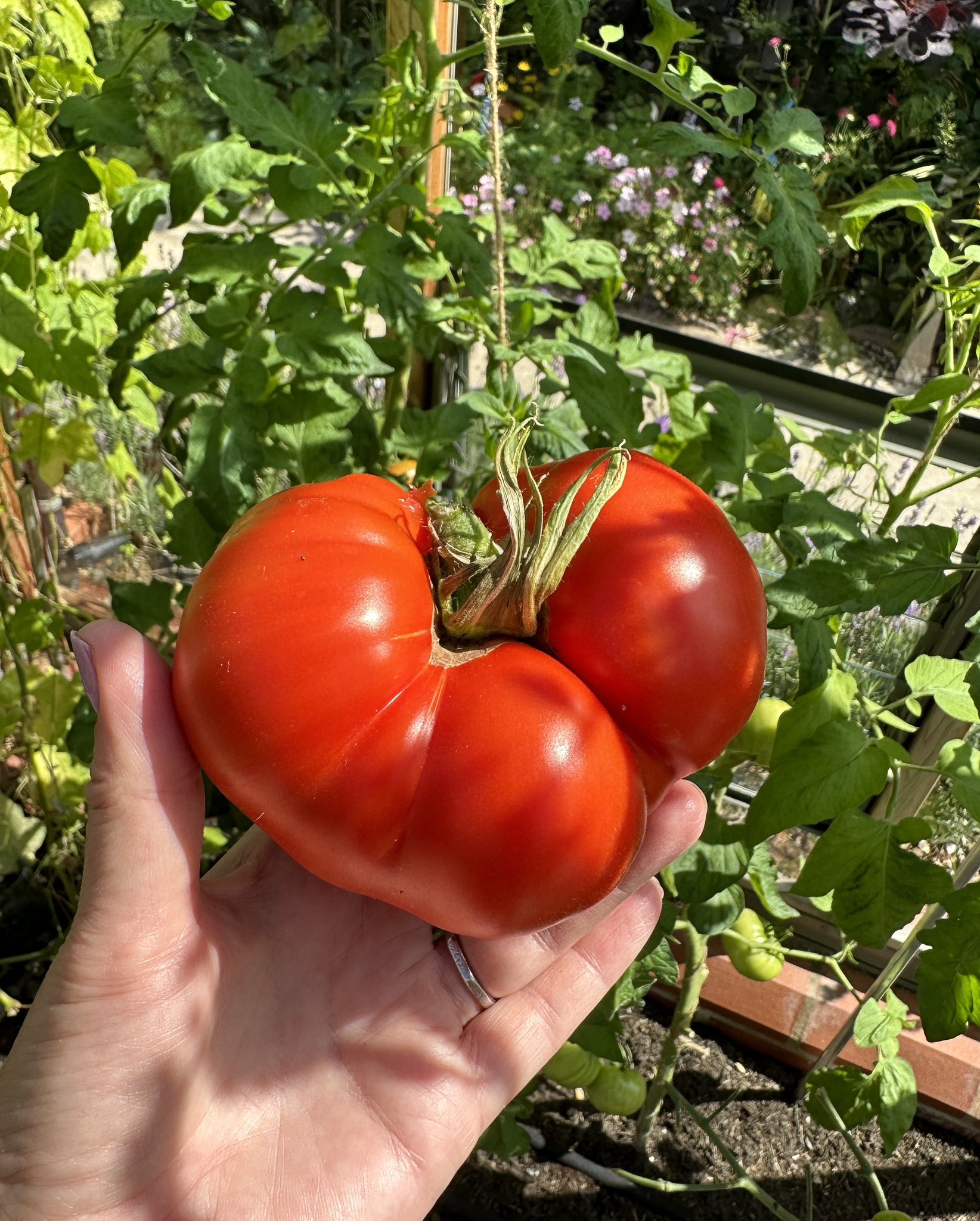
Is there anything more delightful than sinking your teeth into a ripe Brandywine tomato? These heirlooms are famous for their rich, complex flavor and come in various colors, from red to pink and even yellow. Best Fall Tomato Varieties? You bet!
Cherokee Purple
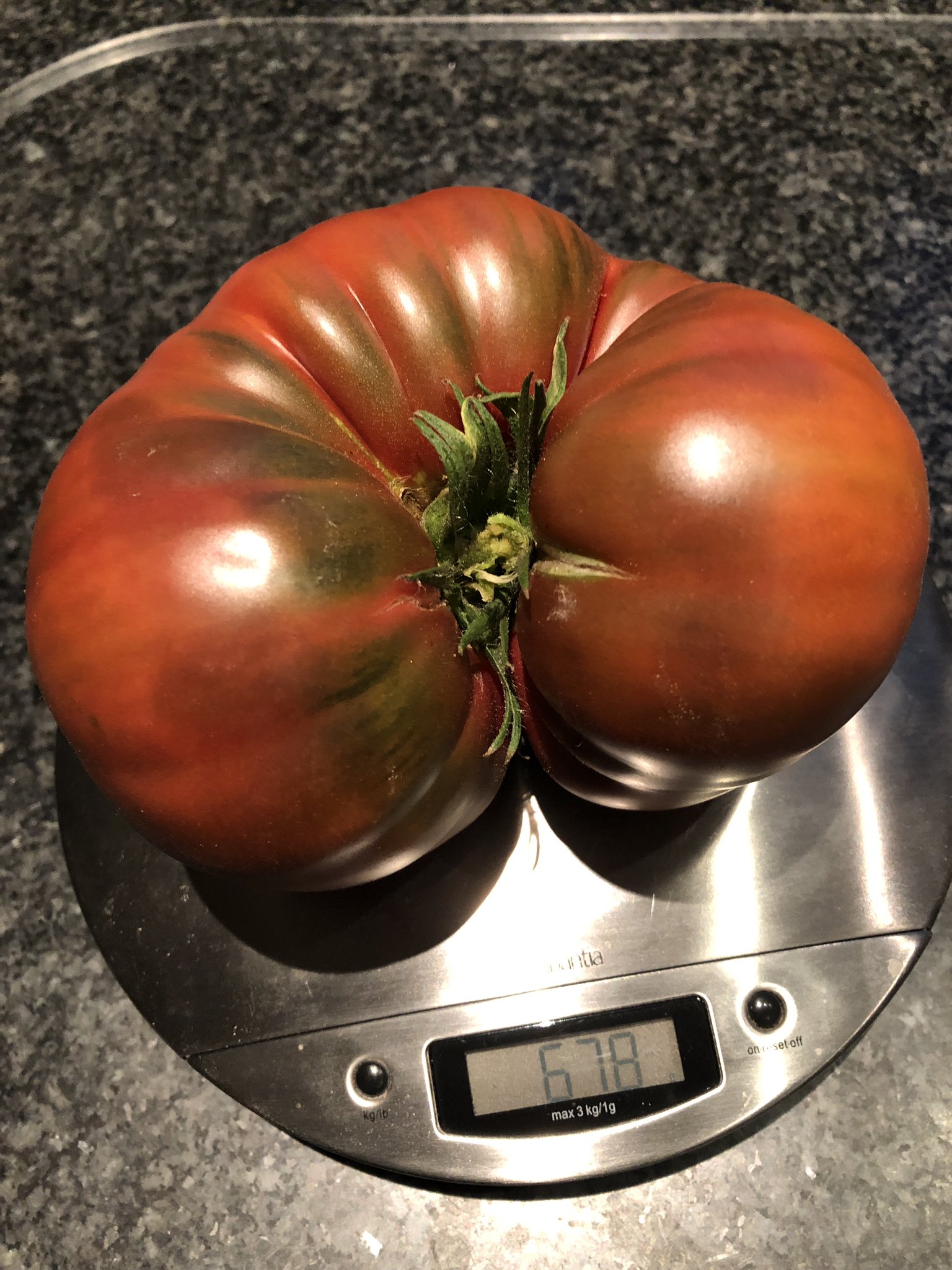
With its dusky, purple-black skin and sweet, smoky taste, the Cherokee Purple tomato is a fall garden favorite. Sliced and layered in sandwiches, it’s a showstopper.
Black Krim
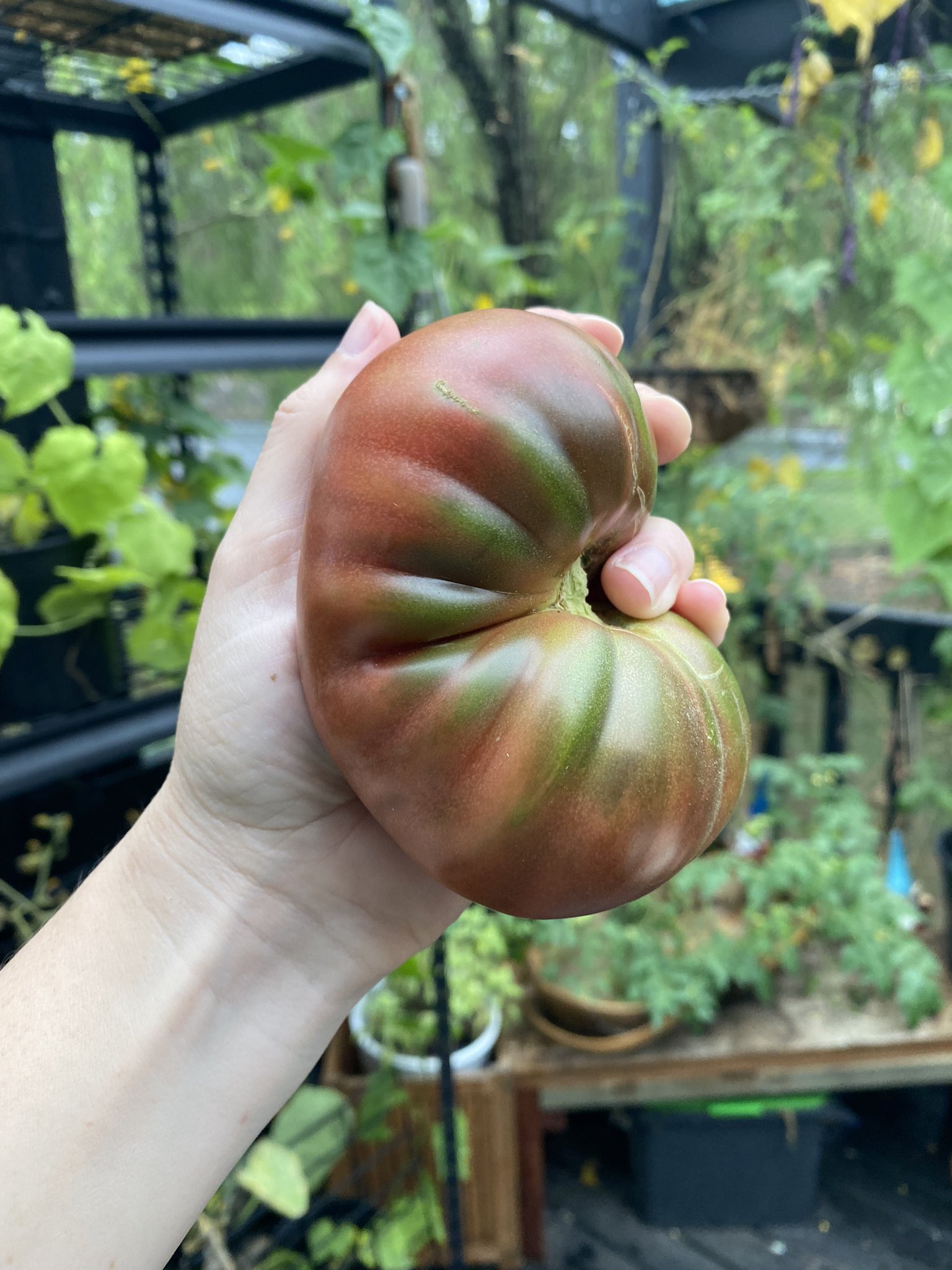
Originating from Russia, the Black Krim offers a bold, earthy flavor that intensifies as the temperatures drop. Its deep, dark color and juicy flesh make it perfect for salads.
Determinates for a Quick Harvest
Celebrity
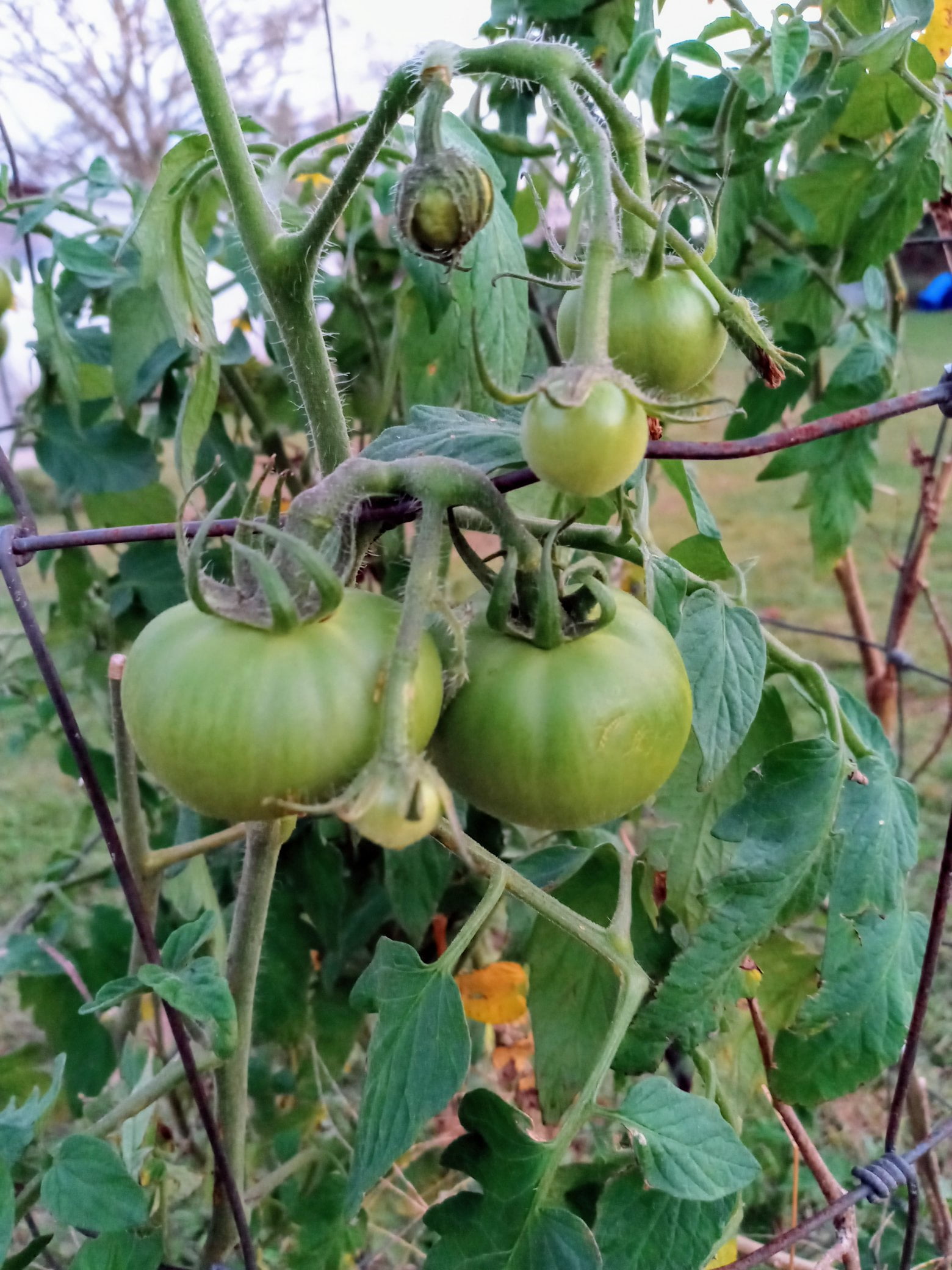
Looking for a dependable tomato that matures fast? Celebrity is your answer. These determinate tomatoes yield medium-sized fruits with a classic tomato taste. Plus, they’re resistant to many common tomato diseases.
Roma

If you’re dreaming of homemade sauces and rich, flavorful soups, Roma tomatoes are the go-to choice. They’re compact and produce an abundance of oblong-shaped tomatoes perfect for cooking.
Bush Early Girl
The name says it all! Bush Early Girl tomatoes are early to mature and packed with flavor. These compact plants are great for small spaces and containers.
Indeterminates for a Prolonged Harvest
Sun Gold
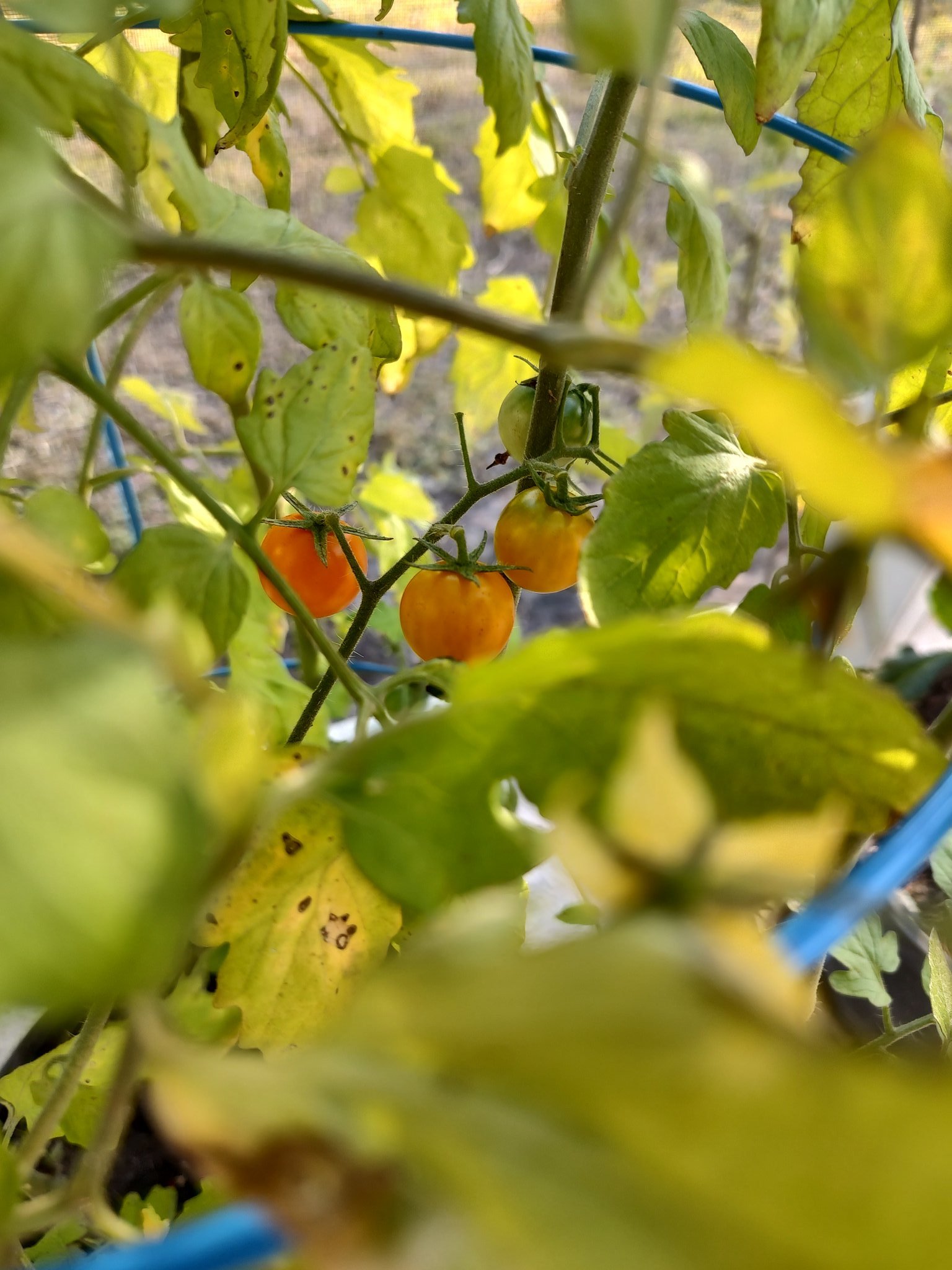
Are you a fan of sweet, cherry-sized tomatoes? Sun Golds are perfect for snacking, salads, or adding a burst of color to your garden. Their sweet-tart flavor is addictive.
Better Boy

Indeterminate and disease-resistant, Better Boy tomatoes produce large, juicy fruits that are ideal for slicing onto sandwiches or enjoying fresh with a sprinkle of salt.
Aunt Ruby’s German Green
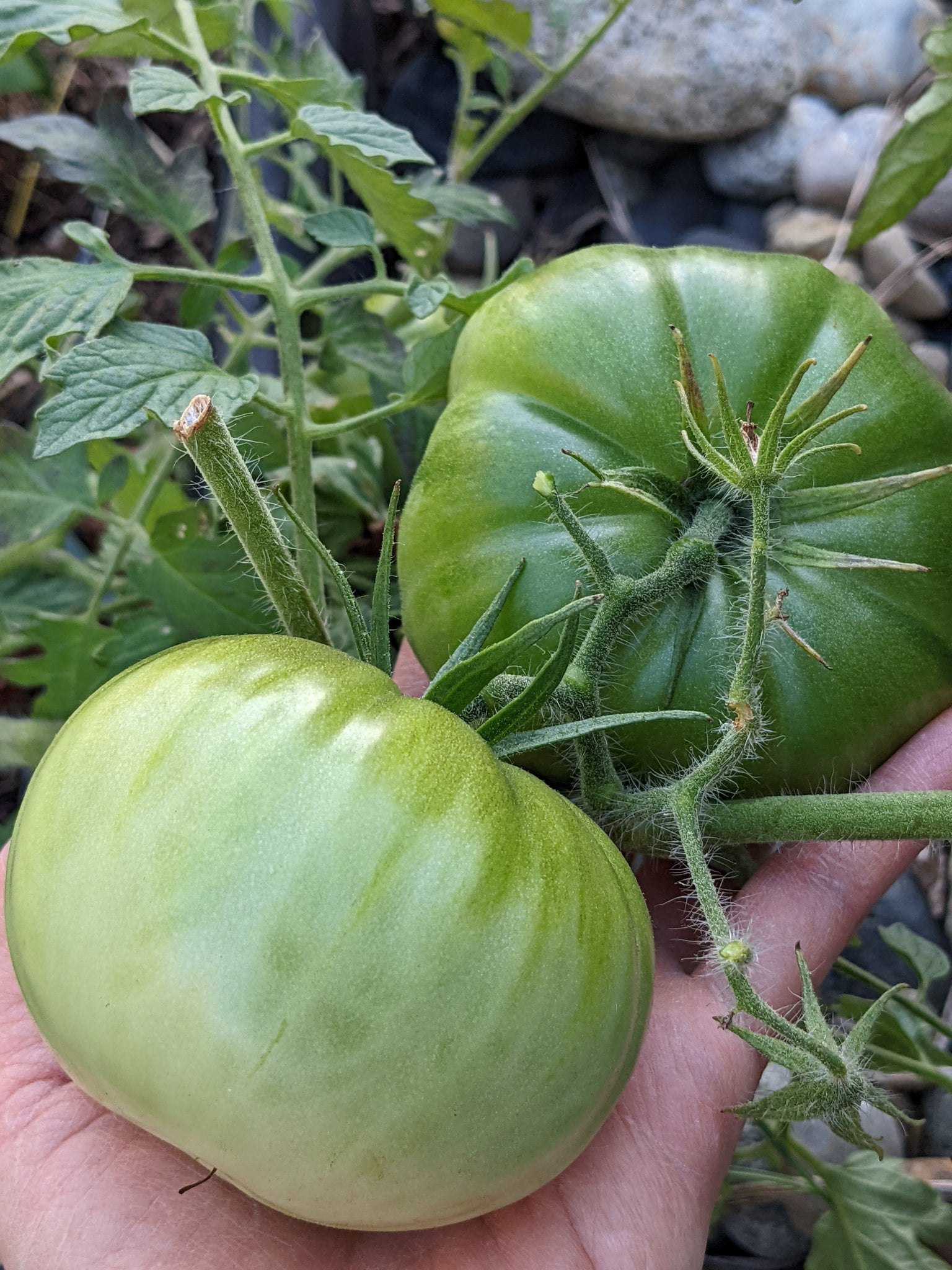
These unique green tomatoes have a sweet, slightly spicy taste. They add a vibrant twist to salads and salsas, making them a top choice for your fall garden.
Tips for Growing Fall Tomatoes Successfully
Now that you’ve got your Best Fall Tomato Varieties picked out, let’s talk about growing fall tomatoes like a pro. Adhere to these suggestions to guarantee a plentiful harvest:
Timing Is Everything
- Start seeds indoors 4-6 weeks before your average first fall frost date. This gives plants time to establish before transplanting.
- Transplant seedlings into the garden around mid to late summer, no later than 8 weeks before the first expected frost.
- Early varieties need 90-100 days to reach maturity and full flavor. Plant accordingly.
Choose the Right Location
- Pick a spot receiving full sun for at least 8 hours daily. Tomatoes require lots of light.
- Good airflow discourages fungal diseases. Avoid cramped, enclosed areas with poor circulation.
- Rotating location annually limits soil-borne disease buildup. Don’t plant in same spot as spring tomatoes.
Proper Soil Prep
- Loosen soil 8-12 inches deep. Break up compacted layers that restrict root growth.
- Incorporate 2-4 inches of finished compost or well-rotted manure before planting. Boosts nutrients.
- Ideal pH is 6.0-6.8. Test soil and amend with lime if too acidic or sulfur if too alkaline.
Support Your Plants
- Use 5-7 foot sturdy stakes or cages for indeterminate tomato varieties that grow upright.
- Determinate/bush varieties only need short 15-18 inch cages to keep fruits off the ground.
- Insert supports at time of transplanting to minimize root disturbance.
Water Wisely
- Water at soil level to keep foliage dry and prevent disease. Drip irrigation works well.
- Maintain consistent 1-2 inches of water per week. Fluctuating moisture stresses plants.
- Mulch around plants to conserve moisture and reduce weeds competing for water.
Pruning and Maintenance
- Prune indeterminate tomato types above each fruit cluster to promote vertical growth.
- Remove lower leaves touching the ground to improve air flow.
- Monitor weekly and pick off diseased/damaged foliage which can harbor pests
Dealing with Common Tomato Problems
Even the Best Fall Tomato Varieties can encounter some challenges. Here are common tomato problems and how to tackle them:
Pests
- Aphids – These small, soft-bodied insects can damage your tomato plants. To get rid of them:
- Blast them off with a strong stream of water from a hose, which can physically remove them from the plant.
- Introduce ladybugs to your garden, as they are natural aphid predators and can help keep the aphid population in check.
- Hornworms – These large green caterpillars can defoliate tomato plants. To control them:
- Handpick the hornworms from your plants. They are large and easy to spot.
- Use Bacillus thuringiensis (BT) spray, which is a natural and effective method for controlling caterpillar pests
Diseases
- Early Blight – Early blight is a fungal disease that affects tomato leaves. To manage it:
- Regularly inspect your plants and remove any infected leaves to prevent the disease from spreading.
- Apply a copper-based fungicide, following the manufacturer’s instructions, to help control the spread of the disease.
- Late Blight – Late blight is another fungal disease that can quickly devastate tomato plants. To prevent it:
- Apply a fungicide containing copper or chlorothalonil as a preventive measure, especially during periods of wet weather or high humidity.
- Ensure good air circulation around your plants by spacing them adequately and pruning excess foliage.
- Blossom End Rot – This condition is caused by calcium deficiency and can affect the fruit. To avoid it:
- Maintain consistent and even watering to ensure that your tomato plants receive adequate moisture. Fluctuating soil moisture levels can lead to blossom end rot.
- Consider adding calcium-rich amendments to your soil before planting, such as crushed eggshells or gypsum, to address calcium deficiencies.
Harvesting and Enjoying Your Fall Tomatoes
As the temperatures start to drop and your Best Fall Tomato Varieties reach their peak, it’s time to harvest and savor the fruits of your labor.
Harvesting
- Color Matters – Pick tomatoes when they reach their ideal color. This could be red, pink, yellow, or green, depending on the variety.
- Gentle Twist – To avoid damaging the plant, give each tomato a gentle twist. If it comes off easily, it’s ready to be plucked.
Enjoying Your Bounty
- Fresh Slices – There’s nothing like the taste of a freshly sliced tomato with a sprinkle of salt and a drizzle of olive oil.
- Caprese Salad – Layer tomato slices with fresh mozzarella, basil leaves, and a balsamic glaze for a classic Caprese salad.
- Homemade Sauces – Use your Roma tomatoes to whip up delicious pasta sauces and salsas that capture the essence of autumn.
Conclusion
In your quest for the Best Fall Tomato Varieties for your autumn garden, you’ve discovered a world of flavors, colors, and gardening tips to ensure a successful harvest. Whether you prefer the timeless heirlooms, the reliable determinates, or the ever-producing indeterminates, there’s a tomato variety that’s perfect for your garden.
So, get out there, plant your tomatoes, nurture them with love, and watch your garden transform into a tomato paradise. With the right care and attention, you’ll be enjoying vine-ripened tomatoes long after summer has bid us farewell.
